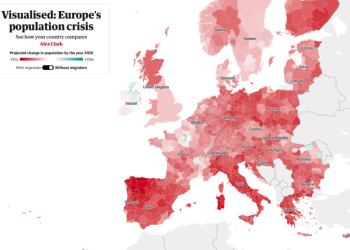That’s about to change.
Amazon (AMZN) is doing what’s known as a stock split, which increases the number of shares outstanding that a company has and also lowers its stock price, making it more affordable for the average investor.
The split, which takes effect Monday, will be a 20-for-1 transaction, meaning that if you owned one share of Amazon, you’ll wind up with 20 shares after the split that each cost about 1/20th of the previous price. So the value of your investment does not change, and one Amazon share that traded for just under $2,450 would become 20 shares that each cost a little more than $120.
Why is Amazon doing this now? Companies with sky-high stock prices often announce splits in order to make shares seem more affordable to retail investors. Google and YouTube owner Alphabet (GOOGL), which trades at a price of more than $2,300 and has a market cap of nearly $1.5 trillion, also has approved a 20-1 split that will occur in July.
Online retailer Shopify (SHOP) has a 10-for-1 stock split planned for later in June, while Tesla (TSLA) and meme stock darling GameStop (GME) have proposed splitting their stocks as well.
But here’s the thing: Even though a stock split may make it seem like a share is now more affordable, it doesn’t actually make the stock any cheaper when looking at valuation measures like price-to-earnings or price-to-sales ratios.
Amazon will still be worth about $1.3 trillion after the split takes place. The stock will still be trading for more than…



























































